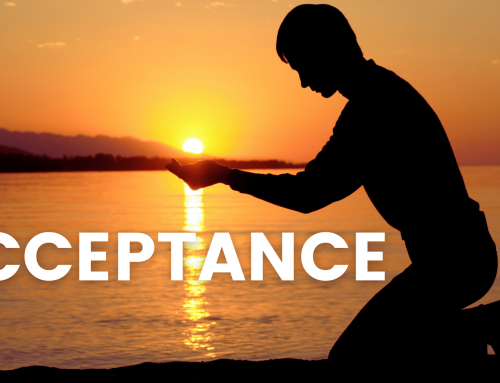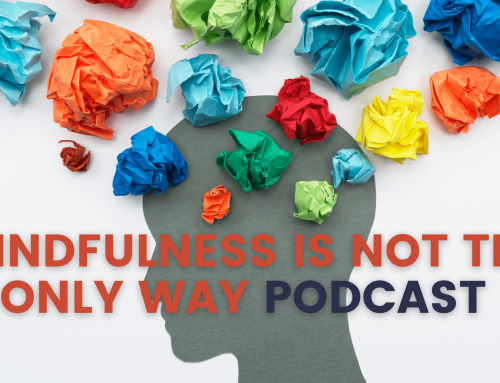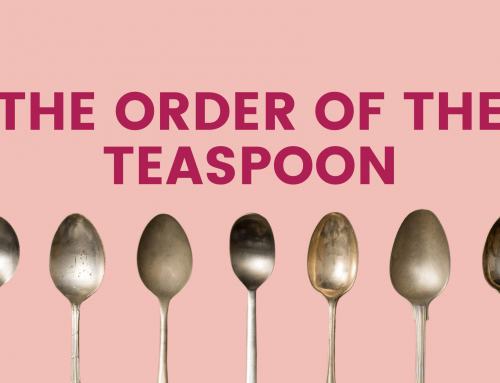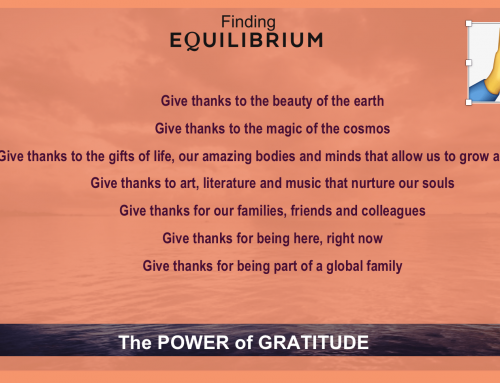How to Create a Healthy Workplace: Good Practice in Employee Wellbeing
Reed Business Information was the winner of the CIPD’s 2016 Best Health and Wellbeing Initiative award. Lawrence Mitchell looks at how a 30-day challenge helped build a global wellbeing team, encourage new behaviours and boost productivity.

Thirty days later, Sarah completed her first 5km run, and that wasn’t all – she became aware of how little she moved each day, and how much more she was capable of doing. Sarah also bonded better with her work colleagues, discussing her evenings and weekends in ways she hadn’t previously. She slept better and felt more energised and this had an effect on her productivity at work. It felt like the start of a new chapter in her life.
Why an employee health and wellbeing initiative makes good business sense
Faced with an ever-changing and pressurised work environment, many companies are embracing techniques to help employees like Sarah adopt healthy habits and practices to reduce risk, and increase energy and performance. Most people know that doing exercise and keeping fit is an important component of a healthy lifestyle, but the fact remains that many people don’t move as much as they should, and exercise gets deprioritised in favour of less healthy activities.
Businesses have a crucial role to play in encouraging and supporting their employees to incorporate healthy habits into their lives. While wellness programmes can easily seem like peripheral activities in comparison to more significant business capabilities, the cost of employees who are off with stress – one of the biggest drivers of absence in today’s workplace – is significant.
The RBI Living Well Fitness Challenge
In 2015, RBI tested a simple idea to encourage employees to try a new, healthy practice.
RBI is a large information company with 3,000 employees based in multiple offices around the world. The programme was designed to connect the employees as part of a global community, and followed some best practices, such as adopting a campaign mindset where the challenge had a clear beginning, middle and end.
The 50 Days of Wellbeing was launched on the back of RBI’s Living Well Fair and attracted 250 people to sign-up and pledge to do something healthy every day. By the end of the 50 days, there were some great lessons and insights gained, all of which fed into the planning for the 2016 Living Well challenge, which took place in June 2016.
Employee comments on the 30-day challenge
“My team was made up of people from different groups, so it was a good way to get us all communicating. We have all spoken to each other much more than we need to in our day job, which has helped team building. It has been great to see how we’ve pushed ourselves beyond where we thought our limits were.”
“I feel that this has encouraged my team to get up and talk to each other more in the office to get more points, rather than sending an email and remaining sedentary at work.”
“We used WhatsApp to motivate each other and to communicate which goals we reached. This helped to keep our spirits up.”
“The challenge made our team more interactive and engaged in our before/after work activities. We pushed each other to do more.”
“We often feel a bit forgotten about when there are wider activities going on, but this was something we could get involved in and feel included with everyone else.”
“The challenge helped us to see how much we were doing and how little we exercised at work [in terms of steps]. I also think that when we started we did it for ourselves, but in the end, every team member did their best.”
“I ran three times in one week and I have never done that before, and the best part was that I enjoyed it. Most of us got our partners involved to support us to be more active away from work and it was great to bring that excitement and motivation home with us.”
“It motivated us to go for lunchtime walks and encourage others to achieve goals such as running milestones. Without this, I would have stopped running after the first week.”
“I have increased my cardio activity and feel that I sleep better. I have also learned the best times to sleep and how much I need to be able to be productive.”
“I now use the stairs instead of taking the lift. I’m motivated to work out at least three days a week, whereas before I used to find it hard to go even two times.”
“I’ve joined a gym and got a personal trainer. I have bought a bike and taken up cycling for the first time since childhood. I have also spent some time looking at my diet as well, because it is so important to have enough energy.”
“Before the 30-day challenge, I was not very healthy at all. It has encouraged me to purchase a step/sleep tracker so that I can monitor my activities. I can see such a transformation from then until now.”
“It has not only encouraged me to be fitter/healthier, but also my partner. He has also now bought a tracker and we have started going on long walks to do our steps and we are both developing much better sleeping patterns, which is something I have never had.”
“It got me and my three kids out exercising as a family together, and I was always motivated and encouraged by the ongoing activities of my teammates.”
“By Living Well together and focusing our energies on collective wellness, we transformed ourselves, our team and perhaps even our colleagues, who witnessed our ‘joie de vivre’.”
This time, though, while there were many similarities to 2015, there were also some significant distinctions that made a huge difference to the engagement levels and overall success of the challenge. They were:
- Time – 50 days was too long, so this challenge was limited to 30 days, which felt more manageable, and was sufficient enough time to enable employees to learn new habits.
- Team versus individual – while individuals can get the support of colleagues to achieve their own personal goals, it was clear that if we could get people to work as part of a team to achieve a common goal, this would be good for teamwork and collaboration, as well as improving the overall fitness levels of the employees. The 2016 Living Well Challenge was therefore made a team challenge, which encouraged people to set up teams of five and work together.
- Incentives – we all need a finish line to head towards, so as well as having the clear 30-day endpoint, RBI created three prizes to aim for: one for the team that moved the most; another for those that made the biggest transformation; and finally, to encourage sharing of activities and results, a third prize was offered for the team that was most active on social media, particularly on the Living Well Facebook group.
- Measurement – we knew that tracking activity was important and we wanted to make it as easy possible for participants to track their steps. To support this goal, RBI signed up to leverage an online fitness platform, Himotiv, which made it easy for people to track their individual and team activities, and also to see their team’s progress in comparison to others.
- Focus – the first challenge gave employees the choice of eating more healthily, moving more or getting more balance. This time, RBI decided to focus the challenge on movement only. It didn’t mean that the other activities were not important, but the assumption was that if you start with one healthy habit, this will start to create a ripple effect in your life.
- Engagement – the RBI Living Well 30-Day Challenge was again launched on the back of the three-day Living Well.
Experience and proactively encouraged people to sign up, providing a donation to charity for every team registration. Throughout the challenge, a private group on Facebook was used to profile the activities of participants from around the world, which really helped to keep people engaged, connected and motivated.
Evidence of effect
Two days before the challenge was due to start, 120 people in 23 teams had registered. After a big final push, 466 people in 72 teams from 22 offices across the world had registered and were ready to start their 30-day challenge.
By the end of the 30 days, the teams had collectively achieved the following:
- earned 467,000 points;
- racked up 40 million steps; and
- travelled 32,800 miles – equivalent to 1.3 times around the world.
These were impressive stats, but there were other interesting insights too, such as:
- 97% of participants completed the 30-day challenge;
- 53% said that they were a lot more active than before the challenge began;
- 30% proactively shared their results on social media, and found this helped with accountability; and
- 70% claimed that they will continue “living well” with the activities they undertook during the challenge.
These were the tangible benefits of this particular intervention, but when you look deeper at the comments from participants after the challenge finished (see box, right), there are a number of other more significant and sustainable benefits that will have a ripple effect in the business.

These include:
- Teams became stronger, learning about each other’s lives more, encouraging each other to move more for the team, if not for themselves, with good local team leadership demonstrated. There were also a number of teams made up of members from different offices, helping to create a team spirit across borders.
- People did more exercise and kept going – the core objective of the challenge was to encourage people to move more, and the combination of team support and visibility of activities meant that employees pushed themselves further – walking, running, and cycling more. Sixty-six per cent of participants claimed that the challenge encouraged them to do more.
- Movement led to other sustainable healthy habits and outcomes: better eating and sleeping , which resulted in more energy and more productivity. Thirty-seven per cent felt more energised. Seventeen per cent claimed to have slept better, 17% felt more productive at work and 13% said they had eaten more healthily.
- The changes and results experienced by one person impacted others, which created momentum, interest and excitement throughout RBI’s offices.
- Creativity – people started to incorporate more movement into their working days: taking the stairs rather than the lift; walking over to talk to colleagues rather than emailing; and doing walk-and-talk, one-to-one meetings, rather than sitting around a table. They saw that the small steps here and there all add up and have a big impact.
- Measurement – led to awareness of where people were and what was possible.
- Experiment – the challenge encouraged people to try new things, many realising that they actually enjoyed exercise more than they thought, experiencing real transformation by the end and commitment to continue – 70% of attendees said they were committed to continue their new healthy habits.
While on its own the 30-day challenge is not going to change the whole business culture, it is an important step, and a useful tactic, in a journey of change and transformation, promoting healthy individual habits, and a healthy workplace, while bringing people together.
Lawrence Mitchell is the former chief marketing officer of Reed Business Information and founder of Raw Energy.
Source: http://www.personneltoday.com/hr/lessons-learnt-from-a-winning-workplace-health-and-wellbeing-initiativeand-wellbeing-initiative/#10







